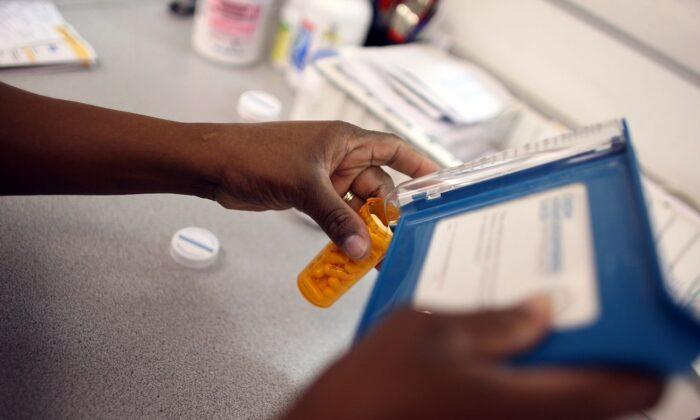Drug-resistant infections are projected to claim the lives of up to 40 million people over the next 25 years, according to new research that calls for urgent action to combat what it describes as a looming public health crisis.
The research, carried out by the Global Research on Antimicrobial Resistance (GRAM) Project, covers 204 countries and territories and offers the most comprehensive analysis of the global AMR burden to date.
According to the findings, there would be 1.91 million deaths per year by 2050 that are directly attributable to drug-resistant infections—a nearly 70 percent increase from the 1.14 million deaths recorded in 2021.
Attributable deaths, as defined in the study, are those directly caused by drug-resistant infections, where the failure of antibiotics to treat the infection leads to the patient’s death.
The study also looked at “associated deaths,” where AMR played a contributing role but may not have been the sole cause. The researchers’ projections for associated deaths are also stark. By 2050, there would be 8.22 million AMR-associated deaths annually, the study estimates, up from 4.71 million in 2021.
The cumulative toll is especially staggering. The study projects 39.1 million deaths directly attributable to AMR by mid-century, alongside 169 million deaths associated with drug-resistant infections.
“Deaths from AMR will increase by 2050 if remediation measures are not in place,” the study’s authors wrote, highlighting the need for targeted interventions. The researchers pointed out that older populations are especially vulnerable, with the greatest increase in deaths directly attributable to AMR expected among those aged 70 and older.
The study emphasizes several policy measures that could significantly reduce AMR-related deaths. These include improving the quality of health care in hospitals and clinics, expanding access to life-saving antibiotics, and promoting the responsible use of antibiotics in various settings.
“The continued overuse of antimicrobials, both in human health and in agriculture, produces an environment that selects for increasingly resistant bacteria,” the researchers warned.
Another key recommendation is the development of new treatments for gram-negative bacteria, a particularly dangerous group of pathogens with unique cell wall structures that make them resistant to many existing antibiotics. Among these, carbapenem-resistant bacteria are of particular concern, as carbapenems are often considered antibiotics of last resort.
“The development of new antimicrobials for gram-negative bacteria should be prioritized, given the large increase in carbapenem-resistance highlighted in this study,” the authors wrote.
The study found a significant rise in carbapenem-resistant gram-negative bacteria, with deaths associated with these infections rising from 619,000 in 1990 to 1.03 million in 2021. Meanwhile, the number of directly attributable deaths involving gram-negative bacteria increased from 127,000 in 1990 to 216,000 in 2021.
The study’s authors also called for a renewed focus on prevention, such as vaccination, infection control in healthcare settings, and improved sanitation.
“New prevention efforts to address AMR must remain a priority for global health policymakers,” the researchers wrote, warning that without sustained efforts, the world faces a future where once-treatable infections could become life-threatening again.
The latest research further emphasizes the importance of location-specific interventions, with both studies calling for a coordinated response. It also highlights the critical role of expanded surveillance and research to address the rising threat posed by drug-resistant pathogens.







